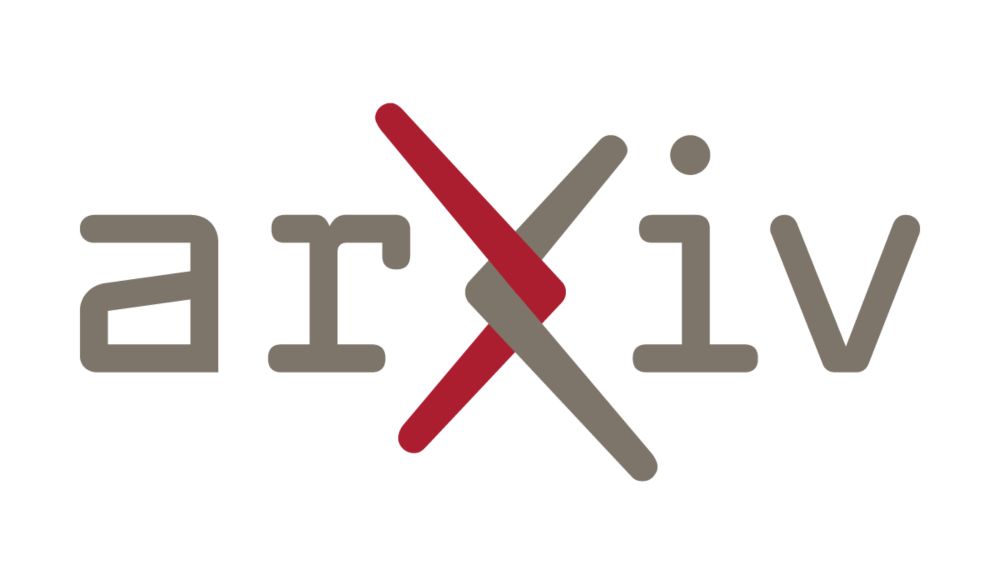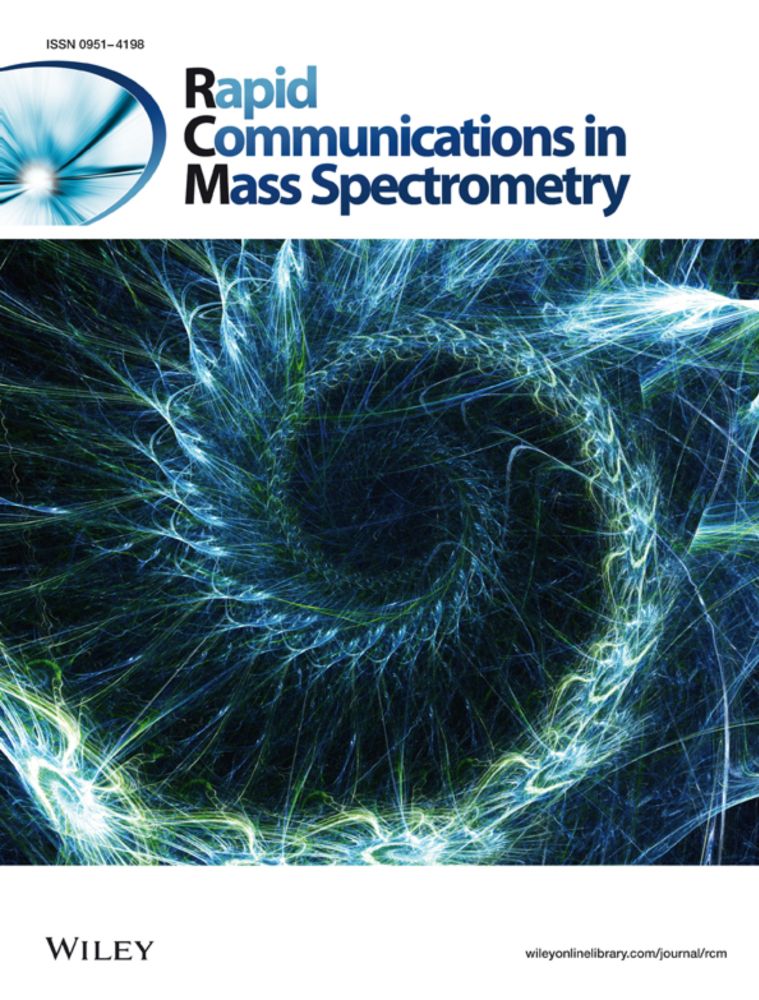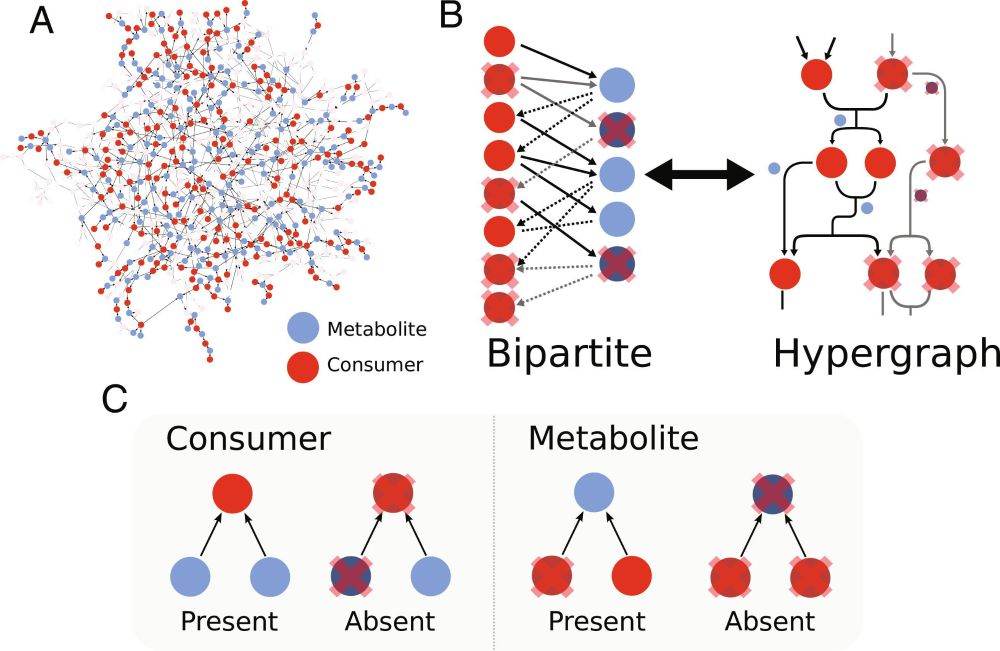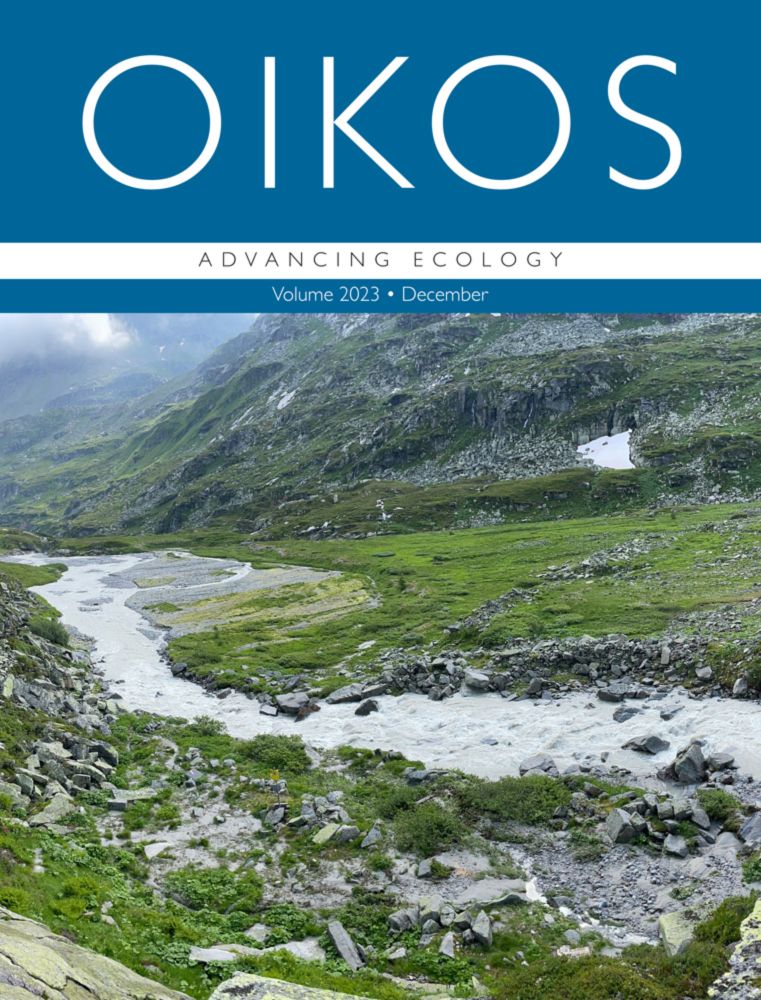
Find out more about Juliane and her publications here:
hifmb.de/de/personen/...
www.researchgate.net/scientific-c...
5/5
@biondlab.bsky.social
Account of the Biodiversity Theory Research Group at HIFMB (Oldenburg, Germany) @hifmb.bsky.social All things Biodiversity, Networks & Data More about us at: biond.org and https://hifmb.de/research/working-groups/biodiversity-theory/

Find out more about Juliane and her publications here:
hifmb.de/de/personen/...
www.researchgate.net/scientific-c...
5/5
... I’m absolutely grateful for the opportunity to extensively dive into network analysis here, and for finding an application in biodiversity and food web research that contributes to the wide-ranging IMAPP project."
4/5
... such evidence and facts, I started studying Mathematics in Leipzig with a focus on PDEs, continued giving attention to numerics/approximations during my PhD in Hamburg and finally joined the Biodiversity Theory group at HIFMB as a PostDoc. ...
3/5
... without having to deal with the (often pretty complicated) implementation? I barely think so.
Still, evidence-based decisions are crucial when it comes to successful implementation. In order to be able to explore, improve, and further develop methods and models that provide ...
2/5
Time to introduce a new group member: Juliane Entzian
joined us as a new postdoc!
"Don’t we all want to improve the world for at least just a tiny bit? And is there a more comfortable way in doing so than just telling decision-makers what should be done – ...
1/5
Don't miss Tom Clegg's (@cleggtom.bsky.social) poster today at EcoNet 2025 with the title "Cross-feeding networks create tipping points in microbiome diversity" where he tries to answer the question how biodiversity of microbiomes emerges from interactions between populations.
04.09.2025 05:46 — 👍 3 🔁 0 💬 0 📌 0If you’re attending EcoNet 2025, don’t miss Jordan Gault’s (@jagault.bsky.social) poster presentation: “Dissimilarity analysis based on diffusion maps.”
His work highlights how diffusion maps, a manifold learning approach, provide powerful new tools to track community change across space and time.
If you're at CCS 2025 this week:
Tues, Sep 2nd, 12:15 pm, Room 15, Melanie (@mhab.bsky.social) will present her work on functional motifs in foodwebs and networks.
Same day, Room 14, Tim (@timmauch.bsky.social) talks about diffusion-driven pattern formation in an opinion dynamical network model.

The figure shows the opinion propagation on a random geometric graph at three different time steps. You can see the same network at time step 0, 283 and 1000. Each network consists of 50 nodes with a distance threshold value of 0.2. Node colors and radius represent the opinion composition and total abundance per node, respectively, with blue corresponding to opinion X and orange corresponding to opinion Y. The larger the nodes, the higher the abundance. Some nodes are highlighted with a gray shading, indicating where the local majority opinion is switched in favor of the global minority opinion (in this case X attains a higher local abundance than Y). Over time a pattern forms where Y is the majority opinion but the network is divided into two regions. The lower part of the network at time step 1000 is dominated by nodes with opinion Y with very high abundances (indicated by the larger node size), while the upper part is dominated by those with opinion X with low abundances (smaller nodes). The two parts of the network are only connected by a single link between one node with local majority Y and one with local majority X.
Using a master stability function approach, we show conditions where opinions distribute heterogeneously across the network, resulting in communities where the majority of agents hold the minority opinion. These regions can be seen as local hubs where minority views can thrive and develop.
5/5

One parameter bifurcation diagram depending on parameter alpha with a fixed beta and gamma. The y-axis shows the stable state, marked with a X star and has a range from zero to one with increments of 0.2. The x-axis shows alpha, also with a range from zero to one, in increments of 0.25. We see a diagram with a graph that is formed like a flipped S. The area is divided into two different zones. In the white areas the system is monostable and the light orange area marks the parameter range where the system is bi-stable. The two regions are separated by two saddle-node bifurcations. One jump from one stable state into the other is marked by a red dot (for the bifurcation point) and a red arrow (indicating the shift from one stable state into the other). On the bottom of the plot is a beta at 0.55 with two arrows. One arrow points to the right with the text "X inferior" above it. The other arrow points left and is marked with "X superior".
These dynamics lead to bistable conditions where either one of the two opinions can be dominant across all communities. Tipping points can lead to an abrupt switch of the dominant opinion. However, the minority opinion is not doomed totally...
4/5

Overview of the model mechanisms. The figure shows three different levels and explains what is going on. The first is the individual level that shows the individual agents. Level two shows a community occupied by multiple agents. These communities form a network in level three, where the individual nodes are connected by diffusion and each node is coloured as a pie diagram that shows the percentage of nodes with one of two opinions the agents (individuals) can have: X or Y. Nodes with opinion X are coloured blue, those with opinion Y are coloured in orange. The individual agents live in a community. They populate nodes of a complex network and are coupled by diffusion. Opinion formation on each node is governed by two processes that are further explained in two parts marked with a roman 1 and 2. Roman 1 shows spontaneous flipping of opinions. A node with opinion X can change opinion to Y with a rate of alpha, while the reverse happens with a rate of beta. Roman 2 shows opinion adjustment through the influence of others. If one node in a group of three is the only one with opinion X, it changes to Y with a rate of gamma.
We build a network model where nodes are communities of interacting agents with two competing opinions, and links represent avenues of migration. Agents can either flip their opinion spontaneously, change their opinion under the influence of others or leave to a more like-minded community.
3/5
Opinions form the basis of how individuals make decisions. We change our opinions through interactions with others along the complex social networks that structure societies. In our paper we ask how these interaction networks shape opinion formation.
2/5

Paper alert! See the new pre-print up on arXiv by Tim Mauch (@timmauch.bsky.social) and Thilo Gross (@thilogross.bsky.social) on opinion formation:
arxiv.org/abs/2508.15377
The paper discusses the very nice results of Tim's master thesis, so let's get into the details, shall we?
1/5
Great opportunity 👇
01.07.2025 12:27 — 👍 2 🔁 1 💬 0 📌 0... Using field data and theoretical models I want to answer: How will cell size of unicellular plankton develop in a future ocean?"
Find out more about him here:
biond.org/people/profi...
hifmb.de/people/fabia...
5/5
... The focus of my postdoc is on genome size and cell size of unicellular marine plankton within environmental and evolutionary constraints that may form tipping points in biodiversity. Cell size is a major trait that links individuell fitness with ecosystem function. ...
4/5

... to unravel the extreme complex molecular composition of DOM (doi.org/10.1002/rcm....) to better understand the marine carbon cycle. ...
3/5
... to ecology (biodiversity). Sources, sinks and transformation of marine dissolved organic matter (DOM) control the storage of carbon in the ocean for thousands of years. During my PhD, I used mass spectrometry and data science ...
2/5
Meet our group members! Next one up is Fabian Moye:
"Hi, I am Fabian, a postdoc in the Biodiversity Theory group at HIFMB and the Eco-Evolutionary Genomics group at AWI, Bremerhaven. I am interested in the formation, fate and function of diversity from chemistry (chemodiversity) ...
1/5

Find out more about the topic in the paper corresponding
arxiv.org/abs/2503.14093
Another talk at #NetSci2025 @netsciconf.bsky.social you shouldn't miss:
Thilo Gross @thilogross.bsky.social will give a talk in the Ecological Networks session at 12:45 pm today.
📄Functional Motifs in Food Webs and Networks
📌0.04 Brussels
At #NetSci2025 @netsciconf.bsky.social today and searching for something to do in the lunch break? Then good news! Why not take a look at Rana Shojaei's ( @ranashj.bsky.social ) poster in the lobby?
📄Counting Molecular Structures with Multi-variate Generating Functions
📌Biology, poster no. 20

He's going to talk about his new paper, so if you're interested, check that out as well: www.pnas.org/doi/10.1073/...
04.06.2025 04:46 — 👍 2 🔁 0 💬 0 📌 0If you're at #NetSci2025 @netsciconf.bsky.social today, don't miss the talk by Thomas Clegg @cleggtom.bsky.social in the Biological Networks session at 11:30 am!
📄: Cross-feeding Creates Tipping Points in Microbiome Diversity
📌: 0.04 Brussels

Hey, new paper by @cleggtom.bsky.social and me is just out in @pnas.org. This combines a lot of things that start with B: Biodiversity, Bipartite Networks, Bifurcations, Bacteria, ...
www.pnas.org/doi/10.1073/...
And yes, I know, Fig 1 looks like one of 'those' papers but please read on ...
... of symbionts within a single colony to quantifying the robustness of the mutualistic network in a spatial context.
When I'm not at work I'm typically biking and/or birding."
More about Jordan:
biond.org/people/profi...
Find all publications via:
scholar.google.com/citations?hl...
12/12
Currently, I am working on understanding how the network of interactions between scleractinian corals and their algal symbionts shape community disassembly and reassembly at local to regional spatial scales. This involves a variety of approaches, from modeling the population dynamics ...
11/12

... to quantify the dimensions of compositional variation in species assemblages, even at very large scales where many assemblages may share no species in common. (doi.org/10.1111/oik....). ...
10/12
... in the composition of species assemblages. Diffusion maps leverage the mathematics of a diffusion process on a network to find and characterize the structure of high-dimensional data. Applying this to measures of compositional dissimilarity, it was found that diffusion maps can be used ...
9/12
... I took a brief detour from the reefs for my PhD at the University of Oldenburg. My PhD research involved developing and applying novel methods for quantifying biodiversity change at a range of scales. For example, I investigated the novel use of diffusion maps to quantify changes ...
8/12